|
(9 min read)
Marketing, Sales and Web Development... together in harmony? Data based decisions being made, with information being fed back via closed loop reporting to keep departments aligned, informed, agile and working collaboratively towards common goals? Yes it is possible. And it's already happening. Growth driven design (or GDD) is relatively new as an 'official' methodology and continues to gain traction amongst web developers, sales professionals and marketers alike: perhaps because GDD just seems to make sense. This article explores some of the core concepts around GDD and it's alignment with growth marketing. We'll go on to suggest how marketers can apply a growth mindset to tie together and drive effective customer centred digital strategies in an increasingly data-driven environment. What is Growth Driven Design? (the 2 minute version)
Growth driven design (or 'GDD') was born from the idea that the process of traditional website design is broken.
You may have experienced this 'broken process' first hand in your organisation if you've ever had to build or rebuild your company website. When you think 'website', do any of these issues and risks sound familiar?
Growth driven design not only sets out to solve these common issues, but it's also tightly integrated with marketing and sales. What analysts learn about website visitors and behaviour helps to inform and improve marketing and sales strategies and tactics (and vice versa).
In addition, there is a phase of 'continuous improvement' built into the process. Continuous Improvement follows a 'launch pad' site which is aimed at being the minimum viable product to go live with. This launch pad site is still a complete site, but is made live with the understanding that it isn't perfect (websites in general, by the way, are never perfect). With traditional web design, going live is usually considered the end point - break out the champagne and move on. However, with GDD - the launch pad website forms a starting point to work from and begin collecting the valuable user data which will guide future decisions around features, pages, design and content. ** There are plenty of resources online that cover growth driven design in more detail. For a deep dive, check out Hubspot's own excellent GDD certification course and growthdrivendesign.com What is Growth Marketing?
Another logical extension of these concepts comes in the form of Growth Marketing (and just quickly - we do mean growth marketing here, not growth hacking).
A Growth Marketer, in a basic sense, could be any data driven marketer whose goal is attracting more engaged customers, leading to growth. Typical efforts may be towards running experiments such as A/B testing, digging into user data to derive meaningful insights and focusing around conversion rate optimisation. As this article on Drift puts it - the key difference between growth marketing and traditional marketing is: "traditional marketing focuses on the top of the funnel, the growth marketing job description requires focusing on the entire funnel." Fundamentals of a Growth Driven Mindset
As we then look at both Growth Driven Design and Growth Marketing, we start to notice some convergence in the core values of both mindsets:
Notice anything similar?
Since we're starting with a (somewhat) unified mindset, let's next take a look at tying together three of the core principles and putting things into practice... 1. Everything Starts with the User / Customer
It's no secret businesses are realising the importance of putting the customer at the centre of marketing, sales and service efforts.
According to Adobe's recent 2017 Digital Trends report, 71% of respondents considered 'optimising the customer experience' to be 'very important' for their digital marketing over the next few years. Both growth driven design and growth marketing share a similar user-first philosophy:
Hubspot goes a step deeper on this last point to suggest this comes even before business needs. This makes a lot of sense when you realise that there is often a gap between what a business wants and what the business' customers want. When you focus on solving for the user first, solutions immediately become more meaningful and less time is wasted on building 'solutions' that nobody actually wanted in the first place! 2. Focus on The Whole Funnel
Customer experience should not be the responsibility of one individual or department; it is the responsibility of the entire organisation. Therefore, it makes sense to consider the entire funnel (not just sales, marketing or customer support) when focusing on growth driven initiatives with the customer at the core.
... many different parts of the organization are responsible for delivering the ultimate customer experience. Providing a seamless customer experience thus begins with the customer’s perspective at the center of the organizational structure and requires all parts of the organization to work together in lockstep.
Once you have adopted a user/customer first approach and identified your highest value customers, it's important to:
For business operations - the aim should be to unify the organisation around these goals.
Only a basic understanding of the modern purchase funnel is needed to realise how important this full funnel mindset and approach can be and how critical it is to long term business success: 3. Continuous Learning & Improvement
Be willing to measure everything; be willing to admit failure; always be learning; get stuff done. These core principles all ring out in support of an agile, experiment-driven approach to marketing.
In new businesses this is particularly important, because:
Though even in well-established businesses where the consumer environment is changing at a rate faster than ever before, the principles are valid. Besides, with so much access to data and software and tools such as A/B testing so readily available, why wouldn't you test, measure, learn and grow? Lastly - close the loop and make sure the data from customer service is flowing back to sales, vice versa and all the way through the funnel. Say no to silos. Putting It Into Action
Now you've got your 'grown driven hat' on and you're ready to tackle the whole funnel.
Where do you start? How do you prioritise? Conveniently, Growth Driven Design suggests an 8 Step Framework for prioritising the changes and attention/focus areas for websites (or 'website hierarchy'). The two interconnected pieces of this process then are the 'GDD Website Hierarchy' and the 'Continuous Improvement Cycle' (Plan > Build > Learn > Transfer). In order of priority/hierarchy:
We're assuming in the example above that a company website forms the central point and conversion funnel of the overall sales and marketing efforts. Credit for the 8 points above to Hubspot.
For more help on implementing the steps above, or for in house training sessions on growth driven concepts, you can speak to one of our experienced digital consultants.
In Conclusion
Concepts like growth driven design and growth marketing reinforce a convergence towards a customer first, data driven mindset. Whilst some organisations find this shift easy, others are still struggling to adopt this approach and move towards customer experience excellence.
Even in 2017 a number of challenges still exist around this, such as navigating data, cultural challenges, strategy and creating momentum within the organisation, as well as digital marketing skills gaps. McKinsey&Company suggest a three tiered approach to tackle these challenges at an organisational level. For marketers, the movement starts with the right mindset, then considering the key actions:
We hope this article has provided some ideas to light that 'fearlessly creative' spark. A footnote:
An article first published in 2012 from the IPA (with Thinkbox) demonstrates the importance of and improved effectiveness of pairing short term, data driven campaigns with long term creative ones. The report examines the business effects of 1,000 advertising campaigns from over 30 years of IPA Effectiveness data. Of particular note - it warns about the danger of using very short-term metrics as primary performance measures for long-term success, since short term and long term effects work differently. We felt it important to reference the article here: https://www.thinkbox.tv/Research/Thinkbox-research/The-Long-and-Short-of-it
0 Comments
Your comment will be posted after it is approved.
Leave a Reply. |

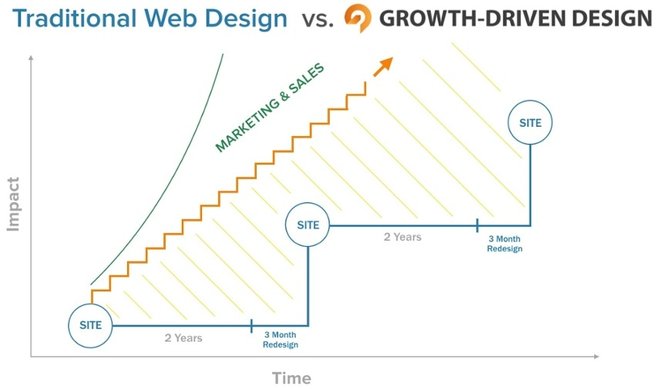
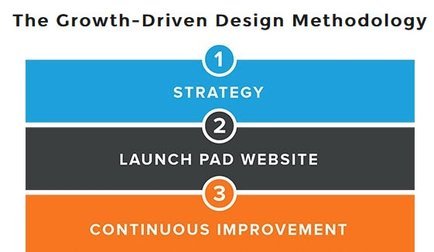
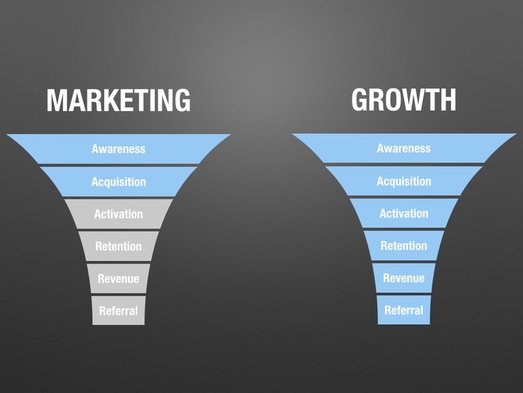
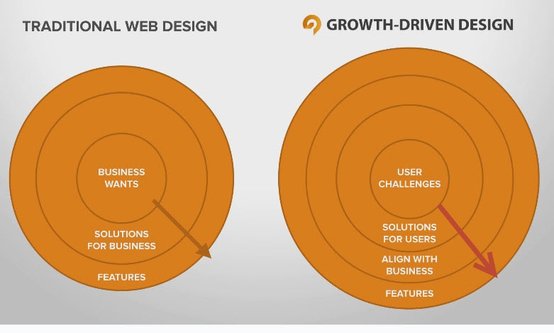
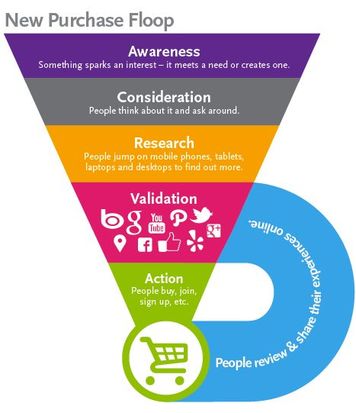


 RSS Feed
RSS Feed
